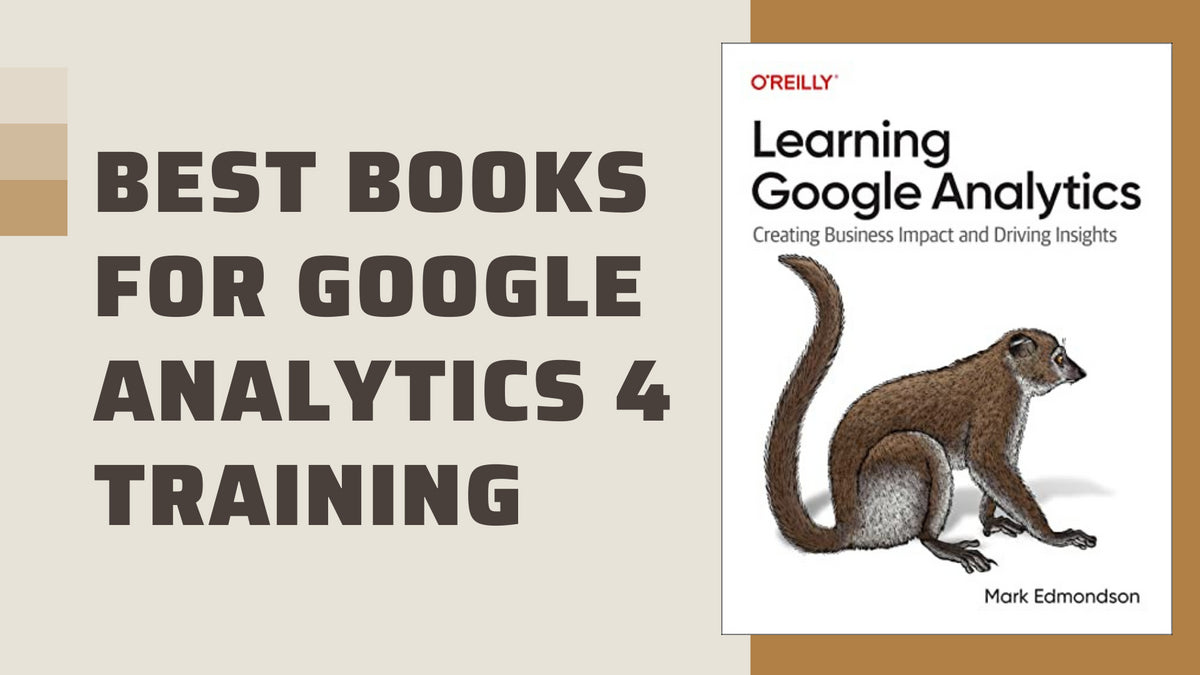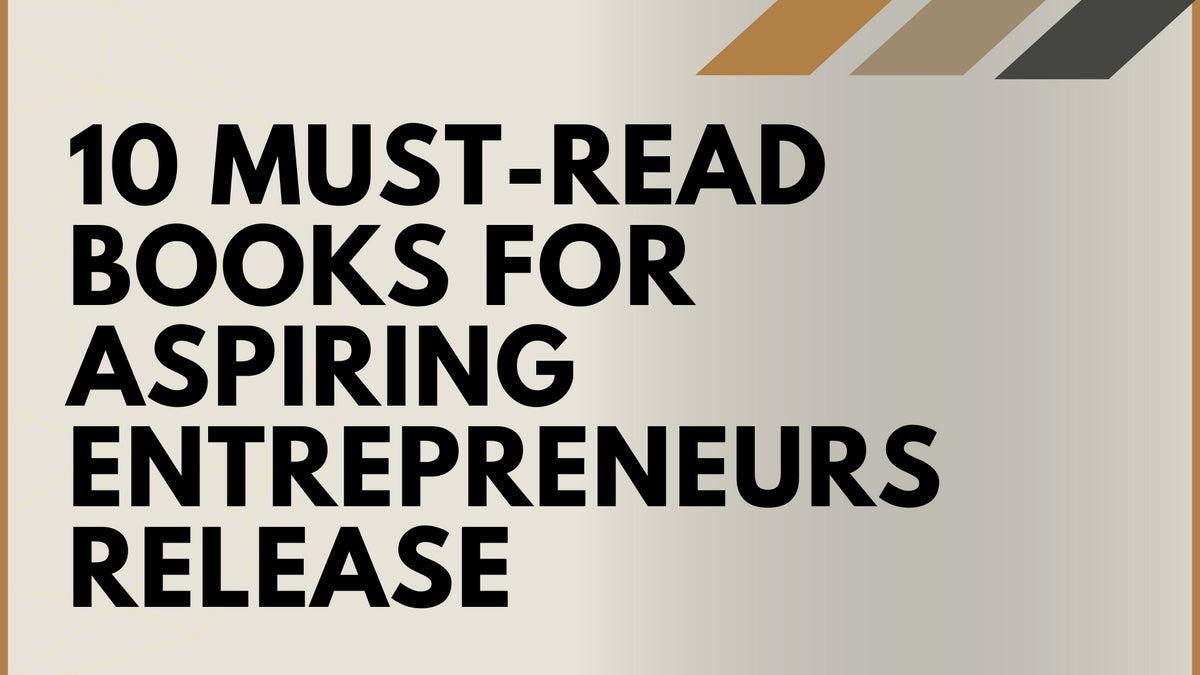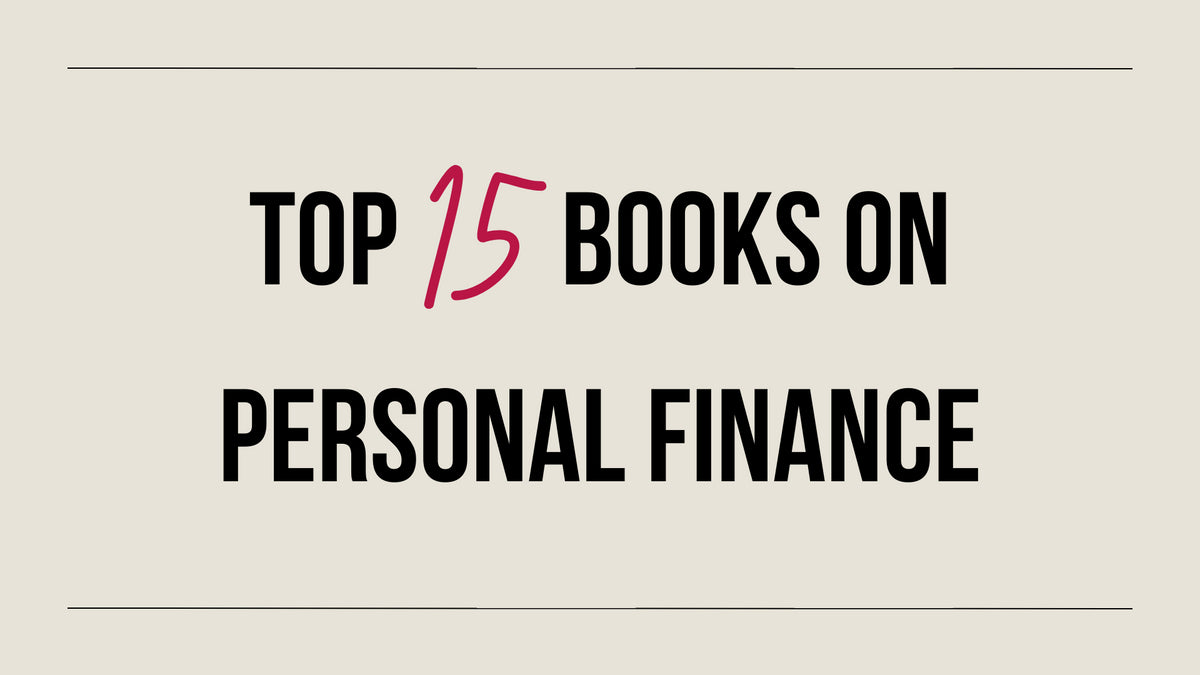Your Cart is Empty
How to Stop Worrying and Start Living Book Summary: Control Your Stress
Listen To This Article
Control Your Stress & Worry
Worrying is bad for you. We all deal with anxiety and stress, in the form of personal stress, business owner stress, employer stress, employee stress, financial stress, etc. At times, the constant stress and worry cause panic attacks and have us hyperventilating. The immediate solution to this is to stop worrying, but this is easier said than done. This is where this book will help you.The book lists specific actionable things you can do to manage your stress, combat anxiety, and bring stability back into your life. This is a highly recommended effective book for those struggling with worry.
Learn To Stop Worrying
- To embrace the inevitable
- To live in the present – do not dwell in the past and do not get anxious about the future
- How to review a situation, examine it and make the most of it (eg. Insomnia)
- What can you do to be positive
- Tips to change your mindset and not get stressed
- How to stop worrying

Featured In This Review
How to Stop Worrying and Start Living
$9.99
The keys to relieving yourself of worry and freeing your mind to be relaxed and free are found in this book. Actionable changes you can make or exercises you can put yourself through will improve your mental state immediately.
SHOP NOWHow to Stop Worrying and Start Living Book Summary
How to Stop Worrying and Start Living is actually a fun read. Even though generally books of this genre make for a slow read, wherein you have to process and digest every sentence to extract its maximum benefit. This book is full of very interesting stories of stress and worry management. The stories motivate and are specific examples of various tactics that you can deploy to prevent anxiety and stop worrying. Another interesting read on enjoying life is the book Stumbling on Happiness.
An entire chapter is about how to keep from worrying about insomnia. Insomnia is very real and a can byproduct of stress and worry. It ruins your day and controls your waking thoughts. Before you realize it, it has taken control of your mind and you spend countless productive hours wondering how to deal with it. It saps all your mental and physical energy.

In this book, a simple story of a lawyer, afflicted with insomnia, changes your perspective. Instead of viewing insomnia as a major problem you see in it an opportunity to add more hours to your workday.
The lawyer, who would use his sleepless nights to catch up on his reading. He would awaken at 5:00 AM and begin dictating his letters. In this manner, he shot ahead of his colleagues and competitors as he was more productive. He effectively utilized a sleeping problem and refused to let it ruin his life.
Not complaining or dwelling on his insomnia, improved his lot in life though there must have been days when it must have taken a toll on him and his health. Basically, he refused to let insomnia control his life and wreak destruction in his daily routine functioning.

If you are a business owner or leader you will really resonate with the multiple step processes outlined in the book. These 4 questions lead to mental stress and worry management for specific situations:
- What is the problem?
- What is the cause of the problem?
- What are the possible solutions to the problem?
- What solution do you suggest? – will ease you out of a bad situation.
The answer to these questions will reveal the attainability of your goal or throw up the worst-case scenario if your desired outcome is not achieved. It helps you control your environment and mental state and prepare yourself mentally for gracefully handling any outcome.
Want to buy a book review like this?
Click here to learn how to get your book reviewed!
Tim Ferriss, the popular entrepreneur, author and podcaster, has a strategy that he deploys to combat worry. He goes on a diet of only rice and beans for a few days at a time to prepare and precondition himself to answer the question “Is this the condition I so fear?”. More can be found in his book The 4 Hour Work Week.

The entire premise of posing and answering all the 4 questions yourself enables you to see the worst outcome and to contemplate if this worst is the end of the world for you or just a small setback in the larger picture of life. It urges you to overcome worry and deal with the stress as just a minor hiccup. Most times it is worry and fear which is worse than the actual chain of events which take place. The Ice Ball Theory which can be found in the book Winning Through Intimidation is another similar strategy for mental stress management.
As you read through the book, it will be clear that working more is a major solution to stop worrying. When you are super productive and accomplish things, your mindset changes. Knowing that you have put out your best effort calms you down, clears your mind and you should be able to rest more easily.

Even more specifically, procrastination leads to panic attacks and anxiety, while work done well and in time, soothes you. Your mind and psyche, both, rest easier. If unable to actually finish tasks, writing them down can also help get them off your mind. A great book on building and managing checklists is The Checklist Manifesto.
Worry is useless. Worry cannot solve your problems. Look at situations and problems in a different way. Search, apply and deploy your inner resources to arrive at solutions and mitigate your worries and concerns. This book will show you how. A comparable book to this one that is highly recommended is Getting Things Done: The Art of Stress-Free Productivity by David Allen.
About The Author Dale Carnegie
Dale Carnegie is a name that needs no introduction. Any reader searching for books in the self-help genre cannot miss seeing his name in the bestseller list. Dale Carnegie has motivated and inspired millions of lives across the world, through his wonderfully impactful books. His first book How to Win Friends and Influence People continues to top bestseller lists. It would even be right to call it a classic.
Dale Carnegie (1888-1955) was born in poverty. He later became a famous writer and motivational teacher. His books became the grounds for many corporate training programs and seminars.
Carnegie says in the preface to How to Stop Worrying and Start Living that he wrote it because he "was one of the unhappiest lads in New York". He said that he made himself sick with worry because he hated his position in life. This made him want to figure out how to stop worrying.
He soon became the pioneer in the self-improvement genre, touching and impacting lives to this day.
Want to buy a book review like this?
Click here to learn how to get your book reviewed!
Leave a comment
Comments will be approved before showing up.
Also in Books

The Best Books for Google Analytics 4 (GA4) Training
Unlock the secrets of Google Analytics 4 with our curated list of the best GA4 training books for 2023! Dive deep into actionable insights, master advanced techniques, and lead the digital analytics revolution. Don't get left behind; discover the ultimate resources to dominate GA4. Click now to elevate your skills!
Read More
10 Must-Read Books for Aspiring Entrepreneurs
Do you dream of starting your own business? If so, you need to read this article! We've compiled a list of 10 must-read books for aspiring entrepreneurs. These books will provide you with the knowledge and inspiration you need to turn your dream into a reality. Click here to read the article and learn more!
Read More
Top 15 Books on Personal Finance
Are you looking for a safe and informative place to learn about personal finance? If so, you've come to the right place! This article discusses the top 15 personal finance books on the market, all of which are sure to help you improve your financial situation without any explicit sexual descriptions or that is sexually suggestive in nature or is primarily intended to cause arousal.
Read More